Related Research Articles

Sir Edward Albert Sharpey-Schafer FRS FRSE FRCP was a British physiologist.

Richard Laurence Millington Synge FRS FRSE FRIC FRSC MRIA was a British biochemist, and shared the 1952 Nobel Prize in Chemistry for the invention of partition chromatography with Archer Martin.
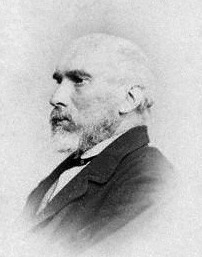
Sir William Stirling-Maxwell, 9th Baronet, KT, FRSE was a Scottish historical writer, art historian and politician.

Auckland Campbell Geddes, 1st Baron Geddes, was a British academic, soldier, politician and diplomat. He was a member of David Lloyd George's coalition government during the First World War and also served as Ambassador to the United States.

Sir James Colquhoun Irvine KBE FRS FRSE FEIS was a British organic chemist and Principal and Vice-Chancellor of the University of St Andrews from 1921 until his death. As a research chemist, Irvine worked on the application of methylation techniques to carbohydrates, and isolated the first methylated sugars, trimethyl and tetramethyl glucose.
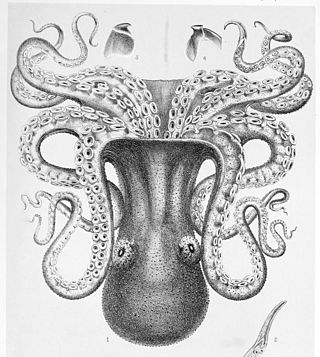
Dr William Evans Hoyle FRSE was a British zoologist. A specialist in deep sea creatures, he worked on classification and illustrations from the Challenger expedition from 1882 to 1888.
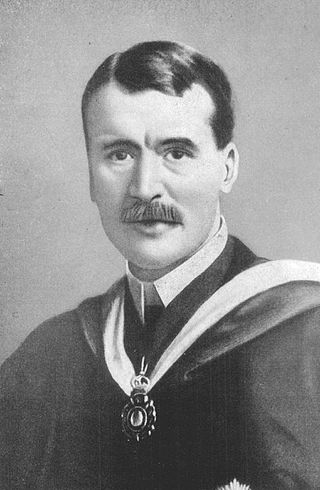
Sir Thomas Henry Holland was a British geologist who worked in India with the Geological Survey of India, serving as its director from 1903 to 1910. He later worked as an educational administrator at Edinburgh University.
Sir Charles Augustus Hartley KCMG FRSE MICE was an eminent British civil engineer in the Victorian era. Due to his extensive work mapping the longest river in western Europe, he became known as 'The Father of the Danube.'
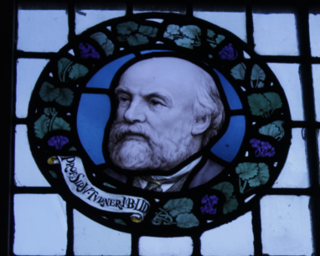
Sir William Turner was an English anatomist and was the Principal of the University of Edinburgh from 1903 to 1916.
Sir James Johnston Dobbie, FRS FRSE FIC FCS was known for the isolation, chemical structure, and physical properties of alkaloids. He isolated hydroxycodeine from opium and synthesized diphenylene. He carried out UV-VIS spectra of gaseous main group elements and organic compounds.
Sir (John) Edmund (Ritchie) Findlay, 2nd Baronet FRSE was a Scottish politician and baronet. He was Member of Parliament (MP) for Banffshire from 1935 to 1945.
William Henry Lang FRS FRSE FLS was a British botanist and served as Barker professor of cryptogamic botany at the University of Manchester. He was also a specialist in paleobotany.
James Parker Smith of Jordanhill, PC, JP, DL, FRSE was a Scottish barrister and politician who served as Liberal Unionist MP for Partick. He was first elected at a by-election in 1890, but lost the seat in 1906. He was a Cambridge Apostle.
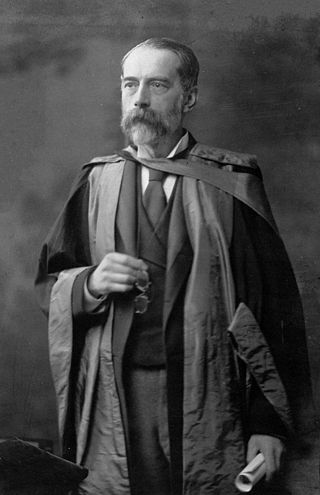
Sir Thomas Richard Fraser was a British physician and pharmacologist. Together with Alexander Crum Brown he discovered the relationship between physiological activity and chemical constitution of the body.

James Ritchie CBE PRSE was a Scottish naturalist and archaeologist, who was Professor of Natural History at the University of Edinburgh 1936–52 and President of the Royal Society of Edinburgh 1952–1958.
Thomas William Drinkwater FRSE LRCPE LRCSE (1852–1940) was a British physician, chemist and early forensic analyst, acting as assistant to Sir Henry Littlejohn. He later served as Public Analyst to Edinburgh, Ross and Cromarty, Inverness and Fortrose.
Prof Edward Philip Harrison FRSE was a British physicist and meteorologist. As a military engineer he played a role in the development of torpedoes and magnetic mines, and laid the foundations for the creation of the Limpet mine.

May Hartley was an Irish realist writer who wrote about Dublin society in the nineteenth century and was considered a pioneer of "slum fiction" in an Irish setting.
Walter Hume Kerr was a Scottish engineer, antiquary and amateur archaeologist.
Alexander Lauder FRSE FIC (1870–1943) was a Scottish agricultural chemist.
References
- 1 2 "UCD Merrion Street" . Retrieved 14 August 2013.
- ↑ David Beerling (22 February 2007). The Emerald Planet:How plants changed Earth's history. Oxford University Press. pp. 64–. ISBN 978-0-19-158017-8 . Retrieved 13 August 2013.
- ↑ Biographical Index of Former Fellows of the Royal Society of Edinburgh 1783–2002 (PDF). The Royal Society of Edinburgh. July 2006. ISBN 0-902-198-84-X.
- 1 2 Angela Bourke (2002). The Field Day Anthology of Irish Writing: Irish women's writing and traditions. Vols. 4-5. NYU Press. pp. 974–. ISBN 978-0-8147-9907-9 . Retrieved 13 August 2013.
- 1 2 3 4 "WN Hartley & Family" . Retrieved 14 August 2013. (Obituary 12 Sept 1913)
- ↑ Biographical Index of Former Fellows of the Royal Society of Edinburgh 1783–2002 (PDF). The Royal Society of Edinburgh. July 2006. ISBN 0-902-198-84-X.
- ↑ "University intelligence". The Times. No. 36596. London. 26 October 1901. p. 7.
- ↑ A review of this book is available in the archives of The Spectator magazine, with an 1875 article explaining this work's significance, accessible here
- ↑ Walter Noel Hartley's 1907 article, 'On the Thermochemistry of Flame Spectra at High Temperatures' in the Proceedings of the Royal Society is available to preview, here
- ↑ Alexander Norman Jeffares; Peter Van de Kamp (October 2006). Irish literature: the nineteenth century. Irish Academic Press. ISBN 978-0-7165-3357-3 . Retrieved 13 August 2013.